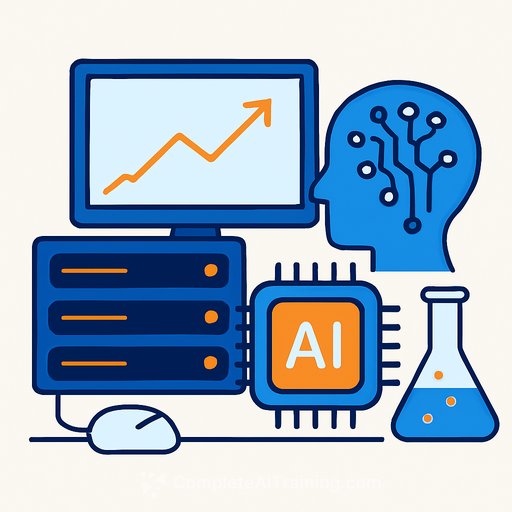Skepticism Surrounding AI Research: The Case of a Fabricated Study
Last month, an MIT preprint on arXiv sparked interest about AI’s role in accelerating scientific discovery. However, a more recent MIT preprint has raised serious doubts about the reliability of some early AI research claims. This case highlights why preprints should be treated with caution until they pass peer review and appear in established journals. Mainstream media coverage of preprints often lacks the necessary scrutiny.
The Story Behind the Headlines
In December, the Wall Street Journal praised a so-called groundbreaking paper by Aidan Toner-Rodgers, a 26-year-old doctoral student at MIT’s economics department. Flanked by prominent economists David Autor and Nobel laureate Daron Acemoglu, Toner-Rodgers presented research claiming AI dramatically improved material science discovery. His findings touted a 44% increase in material discoveries, a 39% rise in patent filings, and a 17% boost in new product prototypes after introducing AI tools. The results were portrayed as a major leap forward against concerns about AI’s “streetlight effect” in research.
Yet, these claims quickly unraveled. A closer look revealed inconsistencies and raised questions about the source of the data. Notably, the anonymous lab cited as the data provider reportedly employs 1,000 researchers working daily on materials science, a profile matching only a handful of firms. Even more suspicious was the timing: the lab supposedly started its own clinical trial before Toner-Rodgers was admitted to MIT, and it allegedly shared sensitive data with a first-year doctoral student—a scenario experts found implausible.
How the Fraud Unfolded
Following media hype, a materials science expert questioned the data’s origin. MIT launched an investigation and soon issued a terse statement expressing no confidence in the data’s provenance, reliability, or validity. The institution confirmed Toner-Rodgers was no longer affiliated with MIT.
Materials scientist Ben Shindel highlighted numerous red flags in a newsletter. None of the existing firms perfectly matched the anonymous lab profile, but closest candidates included 3M, Dupont, Dow, and Corning. The situation grew stranger when Corning filed a legal complaint against Toner-Rodgers for registering corningresearch.com in bad faith—a domain intended to mislead as representing the actual company. The court ruled in favor of Corning, transferring the domain back to them.
Shindel speculated that Toner-Rodgers might have used this domain to generate fake emails or fabricate credible-looking sources to impress his advisors. The timing aligned with MIT’s inquiries about the data, making the domain registration even more suspicious.
Expert Analysis and Implications
Columbia University statistics professor Andrew Gelman dissected the paper’s statistical anomalies. He pointed out that the fabricated study exhibited glaring inconsistencies, suggesting the raw data itself was never real. Gelman humorously speculated that Toner-Rodgers might have used an AI chatbot to generate fake numbers, a shortcut that ultimately proved sloppy and easy to detect.
Gelman concluded that creating a convincing fake experiment requires actually conducting the experiment—not just inventing results. This echoes long-standing arguments against conspiracy theories like the moon landing hoax, which would have been far more challenging to fake than to execute.
Looking ahead, speculation about Toner-Rodgers’ future is grim. Despite the scandal, the structural advantages for well-connected individuals may allow him to secure a role in academia or industry under a different name. This situation underscores the need for vigilance and integrity in scientific research and publication.
Lessons for the Scientific Community
- Preprints should be approached critically—they are not substitutes for peer-reviewed publications.
- Media outlets must exercise caution and verify research claims before amplifying headlines.
- Data provenance and transparency are essential to maintain trust in scientific findings.
- Institutions must respond decisively to allegations of misconduct to protect research integrity.
This episode serves as a reminder that AI’s promise in research depends on rigorous validation and honest reporting. Fabricated studies ultimately undermine trust and slow genuine progress.
For professionals interested in the intersection of AI and scientific research, exploring validated AI tools and courses can provide practical skills to contribute meaningfully to the field. Resources like Complete AI Training’s latest courses offer structured learning paths.
Your membership also unlocks:





